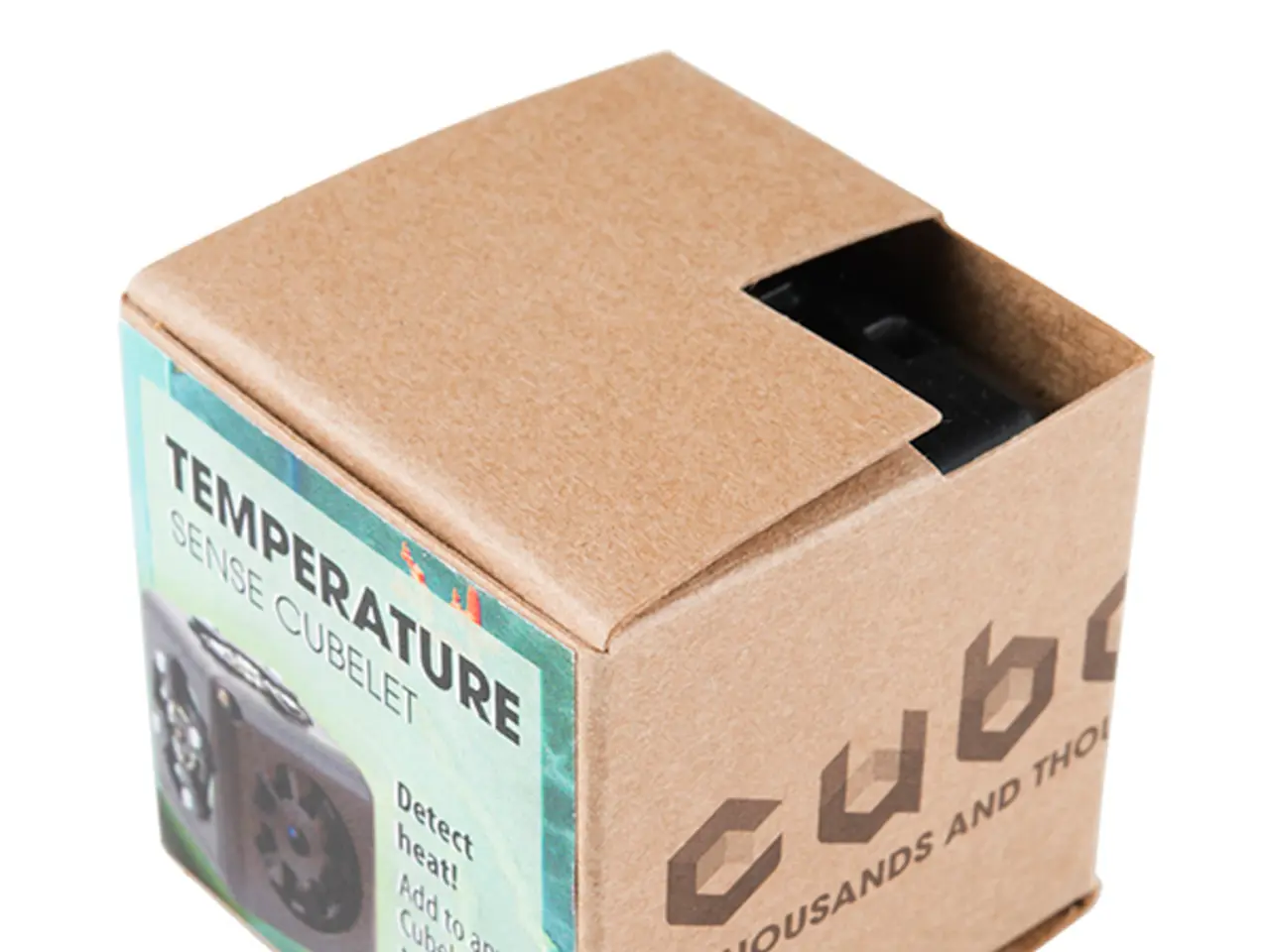Package Delivered by Carrier, Yet No Subsequent Updates - Steps to Take Now
In the world of online shopping, delays in package delivery can be frustrating. However, it's essential to understand that shipping labels may be created without immediate package movement for various reasons. This article aims to shed light on these causes and provide solutions to help you manage your expectations and resolve any issues effectively.
One common reason for a shipping label without movement is the pre-shipment status. When a label is created but the package has not yet been scanned into the carrier’s system, the tracking status will show that a label exists but the package is not yet in transit. For instance, USPS uses the status "Label created, not yet in system," meaning the label was generated but the package hasn’t been scanned or physically moved yet. This scan can sometimes take up to 24 hours after label creation.
Other causes include delays in scanning or transit due to high volume, staffing, or logistical bottlenecks. Packages may remain “stuck in transit” for days because of weather, customs, or operational delays, even though the label and tracking exist. Unused or duplicate labels, missing or incomplete information on the label, and delivery exceptions can also lead to this situation.
To help you navigate these challenges, here are some practical steps to resolve the issue:
1. Verify shipment details before label creation: Use carrier APIs or shipment validation tools to ensure all shipment information is correct before printing the label, reducing the chance of errors or duplicate labels.
2. Check carrier tracking regularly: Monitor tracking updates for signs of scanning or transit. If the status remains in pre-shipment or no scans for over 24-48 hours, contact the carrier or shipping provider to inquire about the package status.
3. Coordinate with your fulfillment or shipping partner: If you use third-party logistics or drop shippers, confirm whether the label was actually used on a package or just printed ahead of time.
4. Correct label issues promptly: If the label has missing or inaccurate information, update and reprint the label with correct details to avoid delivery exceptions or delays.
5. Communicate with recipients: For packages requiring a signature or special handling, ensure recipients are aware of delivery attempts, which might otherwise delay package movement even after label creation.
Remember, not every delay is a problem; sometimes, carriers have a short pause that fixes itself in a few days. By taking these steps, you can reduce instances where labels are created without immediate package movement and ensure smoother package processing and tracking.
For added convenience, services like FedEx Delivery Manager, UPS My Choice, and USPS Package Intercept allow you to hold packages at a location or redirect them to a participating store. Always check the store's shipping rules and talk to customer service early if you're worried about your package.
Most carriers need 1-2 days after pickup for updates, and USPS standard shipping timeframe is 2-5 business days, while FedEx standard ground shipping timeframe is 1-3 business days. Keep in mind that shipping delays can be due to high shipping volume, weather conditions, distance between origin and destination, and selected shipping method.
When your delivery status doesn’t update and your shipment stalls, you can check the carrier’s official website for the latest tracking info. In many cases, it means a shipping label has been created but the package might not have been given to the carrier yet.
By staying informed and proactive, you can ensure a smoother shopping experience and receive your packages promptly. Happy shopping!
- In some instances, pre-shipment data may show that a shipping label has been created, but the package isn't yet in transit due to the label being generated before the package is scanned into the carrier's system, as demonstrated by USPS's status "Label created, not yet in system."
- To mitigate potential issues with shipping insurance, postage, and data-and-cloud-computing technology, consider subscribing to services like FedEx Delivery Manager, UPS My Choice, or USPS Package Intercept, as they allow for package hold or redirection at a designated location or store, enhancing overall control and efficiency.




